Home>Gardening & Outdoor>Landscaping Ideas>What Is Creeping Grass
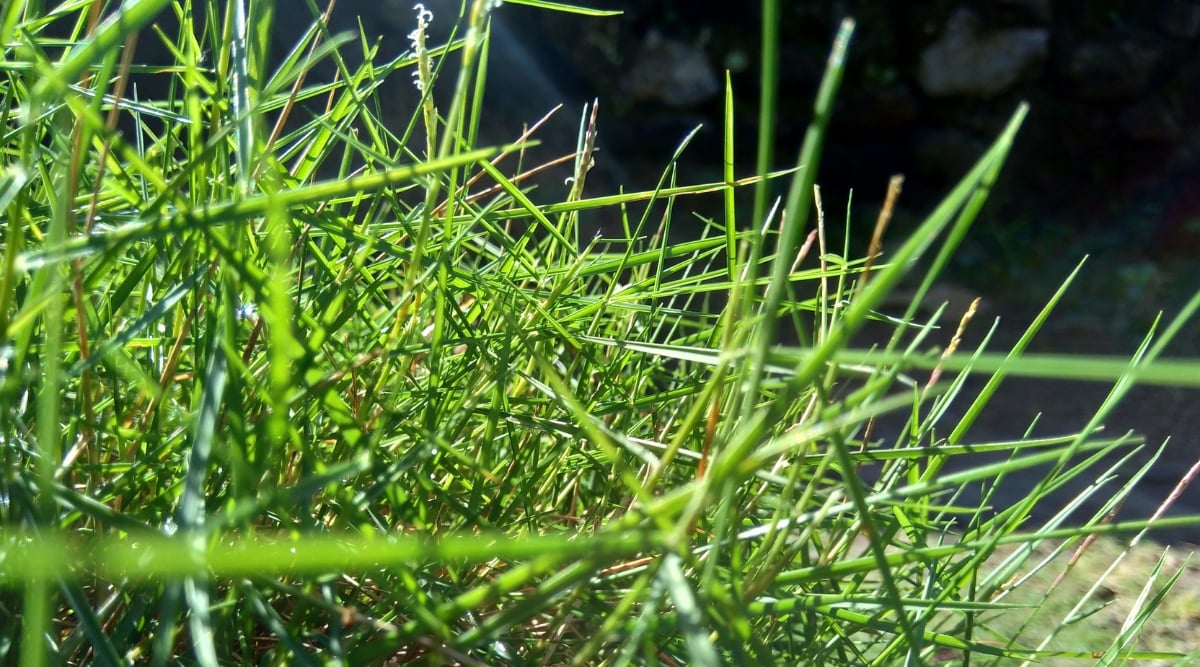

Landscaping Ideas
What Is Creeping Grass
Published: January 27, 2024
Learn about the benefits and drawbacks of creeping grass in landscaping. Get ideas for incorporating it into your outdoor space. Discover how to care for and maintain this ground cover.
(Many of the links in this article redirect to a specific reviewed product. Your purchase of these products through affiliate links helps to generate commission for Storables.com, at no extra cost. Learn more)
Introduction
Creeping grass, also known as creeping bentgrass, is a versatile and resilient plant that has gained popularity for its ability to create lush, low-maintenance lawns and landscapes. This hardy grass variety is renowned for its creeping growth habit, which allows it to spread and form a dense, uniform carpet of greenery. With its fine texture and excellent tolerance for close mowing, creeping grass has become a top choice for golf courses, parks, and residential lawns.
Creeping grass is prized for its adaptability to various soil types and climates, making it a viable option for landscaping projects in diverse regions. Its ability to withstand heavy foot traffic and recover quickly from damage further enhances its appeal as a ground cover. Whether used for erosion control on slopes, as a turfgrass for sports fields, or as a decorative element in gardens, creeping grass offers an array of benefits for both aesthetic and practical purposes.
In this comprehensive guide, we will delve into the characteristics, types, growing and maintenance requirements, uses, and challenges of creeping grass. By the end of this article, you will have a thorough understanding of this resilient grass variety and how it can elevate the beauty and functionality of outdoor spaces. Let's embark on a journey to uncover the secrets of creeping grass and explore the myriad possibilities it presents for landscaping enthusiasts and homeowners alike.
Key Takeaways:
- Creeping grass is a versatile and resilient option for creating lush lawns, high-performance sports turf, and erosion-resistant ground cover, but it requires diligent maintenance to overcome challenges like thatch buildup and susceptibility to pests.
- Understanding the characteristics and challenges of creeping grass empowers landscapers and property owners to cultivate enduring, visually captivating landscapes, while leveraging its adaptability and aesthetic appeal for diverse outdoor environments.
Read more: What Kills Creeping Charlie But Not Grass
Characteristics of Creeping Grass
Creeping grass possesses a unique set of characteristics that contribute to its widespread appeal and utility in landscaping. Understanding these traits is essential for harnessing the full potential of this resilient grass variety.
- Growth Habit: As the name suggests, creeping grass exhibits a low, creeping growth habit, allowing it to spread horizontally and form a dense, uniform turf. This growth pattern enables it to fill in bare patches and create a seamless carpet of greenery.
- Texture: The fine texture of creeping grass sets it apart, giving it a velvety, luxurious appearance that adds a touch of elegance to landscapes. Its delicate blades contribute to its visual appeal and make it a sought-after choice for lawns and recreational areas.
- Tolerance for Close Mowing: Creeping grass thrives under close mowing conditions, making it an ideal option for creating well-manicured lawns and sports turf. Its ability to withstand frequent mowing without sacrificing its lush appearance makes it a top pick for high-traffic areas.
- Drought Resistance: This grass variety exhibits impressive drought resistance, allowing it to endure prolonged periods of dryness without compromising its vitality. Its capacity to retain moisture and thrive in arid conditions makes it a reliable choice for landscapes in regions prone to water scarcity.
- Cold Tolerance: Creeping grass demonstrates resilience in the face of cold temperatures, maintaining its color and vigor even in chilly climates. Its ability to thrive in cooler regions expands its suitability for a broad range of geographical locations.
These defining characteristics make creeping grass a versatile and enduring option for a variety of landscaping applications. Its adaptability to different environmental conditions, coupled with its aesthetic appeal and resilience, positions it as a favored choice for creating visually stunning and functional outdoor spaces.
Types of Creeping Grass
Creeping grass encompasses several distinct types, each with its own unique attributes and suitability for specific landscaping needs. Understanding the variations within this category of grass can aid in selecting the most fitting option for a particular project or environment.
- Colonial Bentgrass (Agrostis capillaris): Known for its fine texture and dense growth, colonial bentgrass is a popular choice for golf course putting greens and fairways. Its ability to withstand close mowing and its exceptional ball-rolling characteristics make it a preferred turfgrass for creating smooth, high-performance surfaces.
- Creeping Red Fescue (Festuca rubra): This type of creeping grass is prized for its shade tolerance and adaptability to a range of soil types. Its fine blades and rich green hue make it an attractive option for lawns, parks, and landscapes with partial shade, where it can thrive and contribute to a lush, verdant aesthetic.
- Creeping Bentgrass (Agrostis stolonifera): Renowned for its creeping growth habit and exceptional tolerance for close mowing, creeping bentgrass is widely utilized for golf course tees, fairways, and putting greens. Its ability to form a dense, resilient turf and recover rapidly from wear and tear makes it an ideal choice for high-traffic areas.
- Seashore Paspalum (Paspalum vaginatum): This salt-tolerant creeping grass variety thrives in coastal environments and is well-suited for landscapes near saltwater or in regions with high salinity levels. Its ability to withstand saline conditions without compromising its lush appearance makes it a valuable option for beachfront properties and coastal landscaping projects.
- Stoloniferous Tall Fescue (Festuca arundinacea): With its vigorous stoloniferous growth habit, this type of creeping grass is prized for its ability to quickly establish a dense turf cover. Its resilience and adaptability to various soil types make it a versatile choice for erosion control, slopes, and landscapes requiring a robust ground cover.
By familiarizing oneself with the diverse types of creeping grass and their respective characteristics, landscapers and homeowners can make informed decisions when selecting the most suitable variety for their specific landscaping goals. Whether aiming to create a pristine golf course, a vibrant lawn, or a resilient ground cover, the array of creeping grass types offers options tailored to a wide range of outdoor environments and aesthetic preferences.
Growing and Maintaining Creeping Grass
Growing and maintaining creeping grass requires careful attention to key factors that contribute to its successful establishment and long-term vitality. Whether embarking on a new landscaping project or seeking to rejuvenate an existing lawn, the following guidelines can aid in cultivating and preserving a thriving carpet of creeping grass.
- Soil Preparation: Prior to planting creeping grass, it is essential to prepare the soil by removing debris, tilling the area to loosen the soil, and incorporating organic matter to enhance its fertility and structure. Conducting a soil test can provide valuable insights into the soil’s pH and nutrient levels, allowing for targeted amendments to create an optimal growing environment.
- Seeding or Sodding: Creeping grass can be established from seed or sod, with each method offering distinct advantages. Seeding allows for a wider selection of grass varieties and is well-suited for larger areas, while sodding provides instant coverage and is ideal for quickly transforming a landscape with mature grass.
- Watering: Adequate and consistent watering is crucial during the initial stages of establishment. Keeping the soil moist without waterlogging it facilitates germination and root development. Once the grass is established, a deep and infrequent watering schedule promotes healthy root growth and drought resistance.
- Mowing: Regular mowing is essential for maintaining the desired height and density of creeping grass. Mowing at the appropriate height, typically between 0.25 to 0.5 inches (0.6 to 1.3 cm) for putting greens and slightly higher for lawns, encourages lateral growth and a dense turf canopy.
- Fertilization: Providing the necessary nutrients through regular fertilization supports the vigor and color of creeping grass. Selecting a balanced fertilizer and following a seasonal fertilization schedule tailored to the grass’s growth patterns and regional climate optimizes its health and resilience.
- Aeration and Dethatching: Periodic aeration and dethatching help alleviate soil compaction, improve air and water infiltration, and prevent the buildup of thatch, promoting the overall health and vitality of creeping grass.
- Integrated Pest Management: Monitoring for pests and diseases and implementing proactive measures, such as proper irrigation and cultural practices, helps prevent and mitigate potential issues that can compromise the well-being of creeping grass.
By adhering to these guidelines and incorporating best practices for growing and maintaining creeping grass, landscapers and homeowners can foster a resilient and visually appealing turf that enhances the beauty and functionality of outdoor spaces. With proper care and attention, creeping grass can thrive and contribute to the creation of lush, inviting landscapes that endure and delight for years to come.
Creeping grass, also known as creeping bentgrass, is a type of grass that spreads by sending out above-ground stems called stolons. It is commonly used on golf courses for its fine texture and ability to tolerate low mowing heights. If you have creeping grass in your lawn, be sure to mow it regularly to keep it under control.
Uses of Creeping Grass
Creeping grass serves as a versatile and valuable component in a myriad of landscaping applications, offering an array of uses that cater to both functional and aesthetic needs. Its adaptability and resilience make it a sought-after choice for various outdoor environments, where it fulfills diverse roles with finesse and enduring appeal.
- Lush Lawns: Creeping grass is a popular option for creating lush, velvety lawns that exude elegance and charm. Its fine texture, dense growth habit, and tolerance for close mowing make it an ideal choice for residential and commercial lawns, where it forms a resilient, uniform carpet of greenery.
- Golf Courses: Renowned for its exceptional ball-rolling characteristics and ability to withstand close mowing, creeping grass is a staple turfgrass for golf courses. It is commonly used on putting greens, fairways, tees, and other areas where a pristine, high-performance turf is essential.
- Recreational Areas: Parks, playgrounds, and sports fields benefit from the resilience and durability of creeping grass, which can withstand heavy foot traffic and recover quickly from wear and tear. Its ability to create a safe, inviting surface makes it an asset for recreational landscapes.
- Erosion Control: The creeping growth habit of this grass variety enables it to form a dense ground cover, making it an effective choice for erosion control on slopes, embankments, and areas prone to soil instability. Its ability to stabilize the soil and prevent erosion contributes to the preservation of landscapes.
- Coastal Landscaping: In coastal regions and areas near saltwater, seashore paspalum, a type of creeping grass, thrives and offers a lush, salt-tolerant option for beachfront properties, resorts, and landscapes exposed to saline conditions.
- Decorative Ground Cover: Creeping grass can be used as a decorative ground cover in gardens, courtyards, and outdoor living spaces, adding a touch of natural beauty while serving practical purposes such as weed suppression and soil retention.
By harnessing the diverse uses of creeping grass, landscapers and property owners can leverage its adaptability and aesthetic appeal to enhance a wide range of outdoor environments. Whether aiming to create a pristine lawn, a high-performance sports turf, or a resilient ground cover, the versatility of creeping grass offers solutions that elevate the visual allure and functionality of landscapes.
Challenges of Creeping Grass
While creeping grass offers a host of benefits and applications, it is not without its challenges. Understanding and addressing these potential obstacles is crucial for maintaining the health and vitality of creeping grass in various landscaping settings.
- Thatch Buildup: Creeping grass can be prone to thatch buildup, where organic debris accumulates and forms a dense layer above the soil. This can impede water and nutrient penetration, necessitating regular dethatching to prevent the accumulation of excessive thatch.
- High Maintenance Requirements: Achieving and preserving the desired appearance and performance of creeping grass often requires diligent maintenance practices, including regular mowing, fertilization, irrigation, and pest management. The high maintenance demands may pose a challenge for some property owners and landscapers.
- Vulnerability to Pests and Diseases: Creeping grass varieties may be susceptible to specific pests and diseases, such as dollar spot, brown patch, and nematodes. Vigilant monitoring and proactive pest and disease management are essential for safeguarding the grass’s health and preventing potential damage.
- Environmental Sensitivity: Certain types of creeping grass, such as colonial bentgrass, may exhibit sensitivity to environmental stressors, including extreme temperatures and fluctuations in moisture levels. Adapting cultural practices and selecting suitable grass varieties can help mitigate the impact of environmental sensitivities.
- Competition with Weeds: Maintaining a dense, healthy stand of creeping grass requires effective weed management to prevent invasive species from encroaching on the turf. Implementing integrated weed control measures is crucial for preserving the integrity and aesthetics of the grass cover.
- Challenging Soil Conditions: In areas with compacted or poorly draining soil, establishing and maintaining creeping grass can present challenges. Soil amendments, aeration, and targeted irrigation practices are essential for overcoming soil-related obstacles and promoting the grass’s vigor.
By acknowledging and proactively addressing these challenges, landscapers and property owners can navigate the complexities associated with cultivating and preserving healthy, vibrant creeping grass. Implementing sound management practices and staying attuned to the specific needs and vulnerabilities of creeping grass varieties are instrumental in overcoming these obstacles and fostering thriving, resilient landscapes.
Conclusion
Creeping grass, with its distinctive characteristics, diverse types, and versatile applications, stands as a resilient and visually captivating option for a wide array of landscaping endeavors. Its ability to form a dense, uniform turf, withstand close mowing, and thrive in various environmental conditions positions it as a favored choice for creating lush lawns, high-performance sports turf, and decorative ground covers. However, the cultivation and maintenance of creeping grass come with their own set of challenges, including thatch buildup, high maintenance requirements, and susceptibility to pests and diseases.
Despite these challenges, the enduring allure and functional benefits of creeping grass make it a valuable asset for enhancing outdoor spaces, from golf courses and recreational areas to coastal landscapes and erosion-prone sites. By understanding the nuances of growing and maintaining creeping grass, as well as the potential obstacles it may present, landscapers and property owners can harness its adaptability and aesthetic appeal to create enduring, visually stunning landscapes.
As we conclude this exploration of creeping grass, it is evident that this resilient grass variety holds the potential to elevate the beauty and functionality of outdoor environments, offering a tapestry of lush greenery that withstands the tests of time and use. Whether seeking to establish a pristine lawn, fortify slopes against erosion, or create a welcoming recreational setting, the versatility and enduring charm of creeping grass present a wealth of possibilities for transforming landscapes into vibrant, inviting spaces that endure and delight.
Embracing the multifaceted nature of creeping grass, with its strengths and challenges, empowers landscaping enthusiasts and property owners to cultivate resilient, visually captivating outdoor environments that endure and enrich the lives of those who inhabit and admire them.
Frequently Asked Questions about What Is Creeping Grass
Was this page helpful?
At Storables.com, we guarantee accurate and reliable information. Our content, validated by Expert Board Contributors, is crafted following stringent Editorial Policies. We're committed to providing you with well-researched, expert-backed insights for all your informational needs.
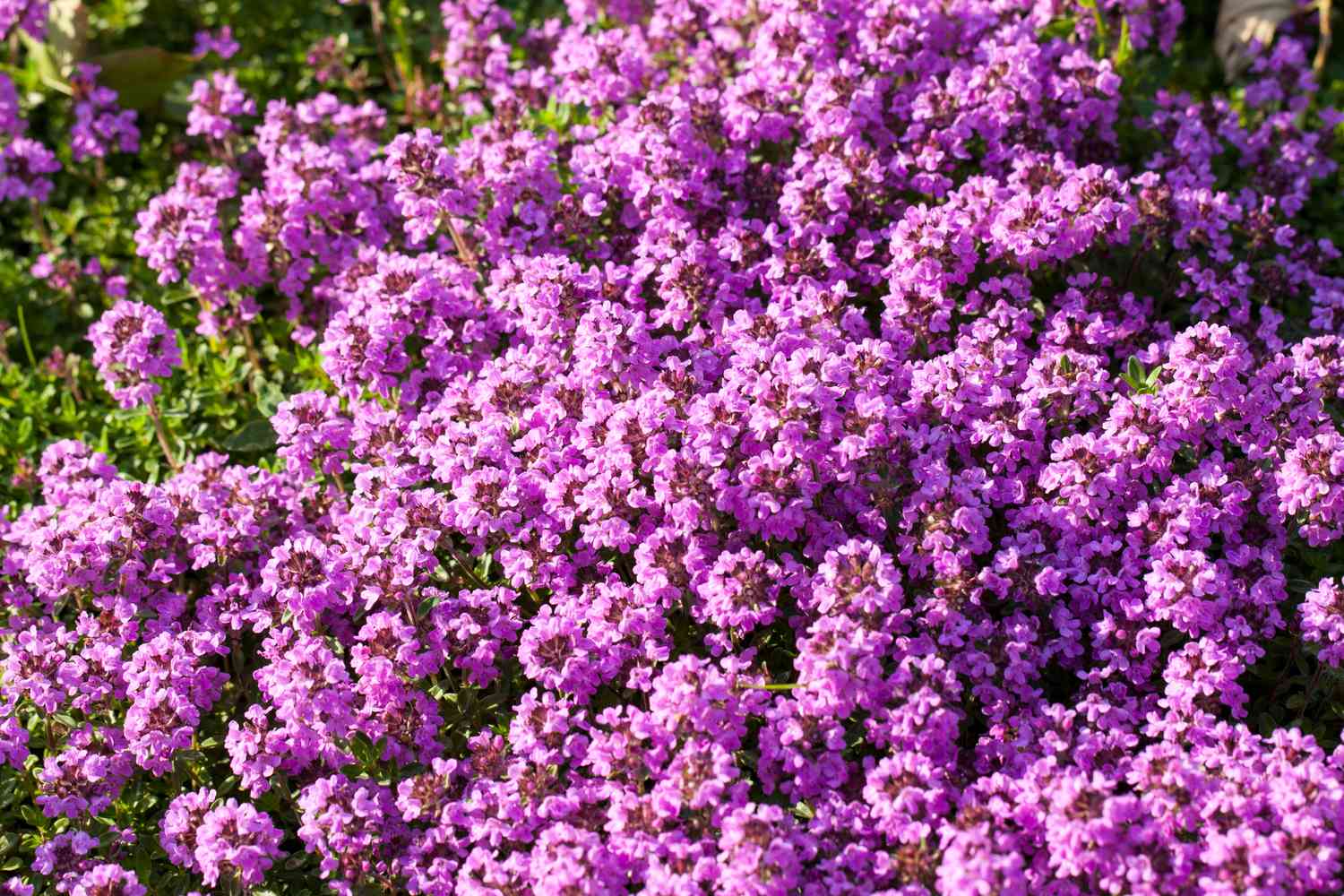
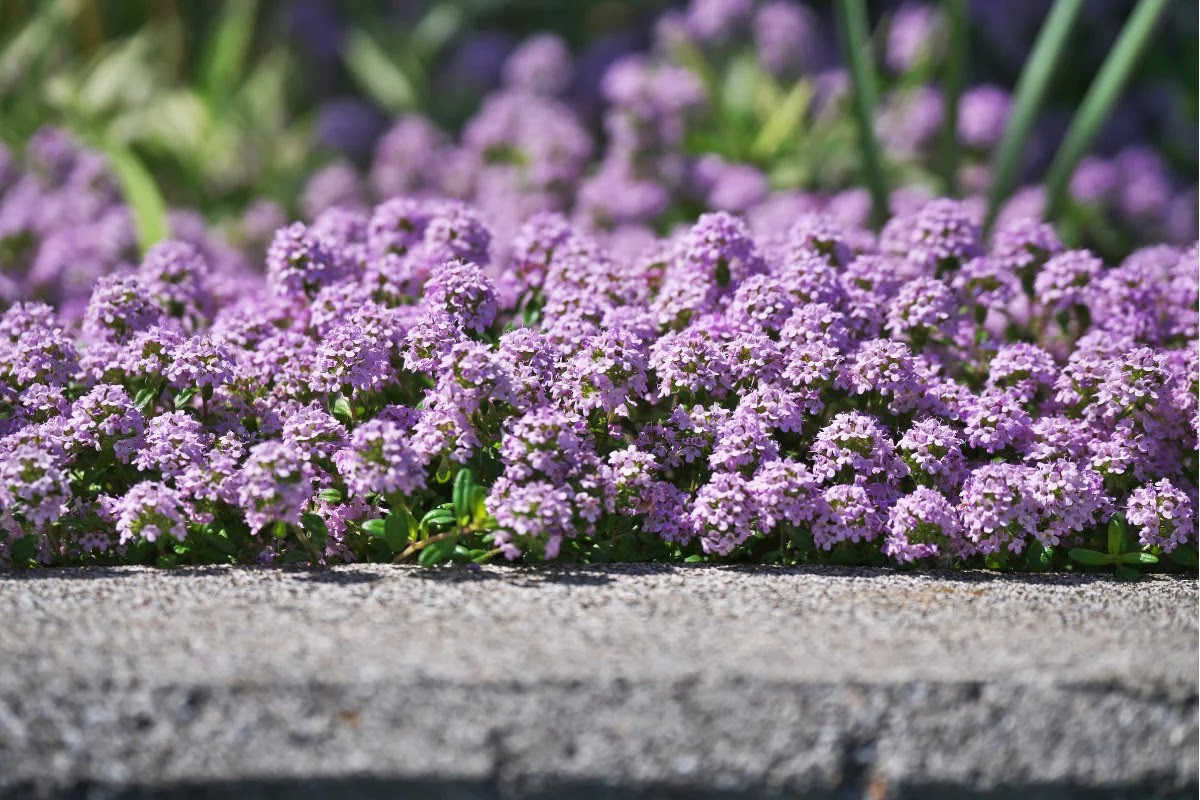
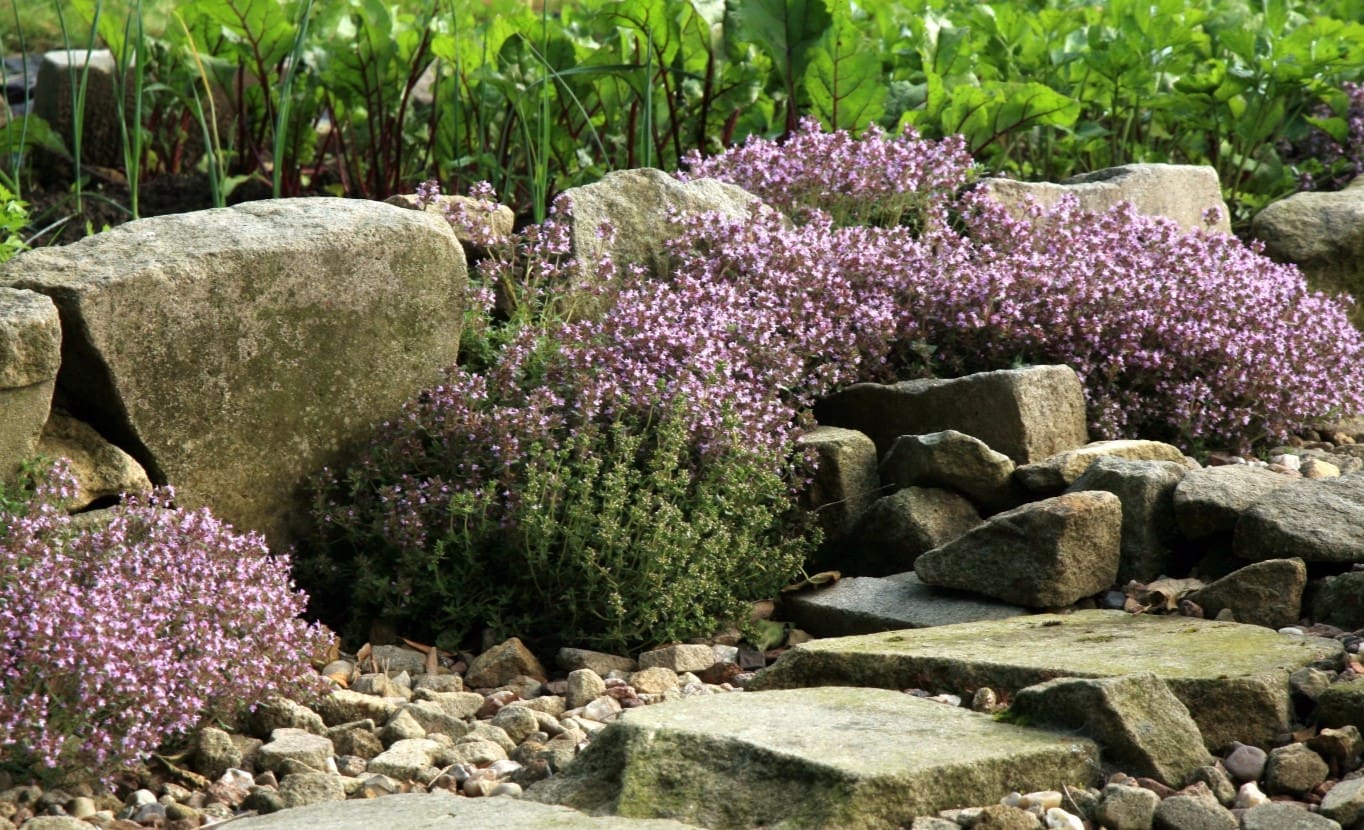
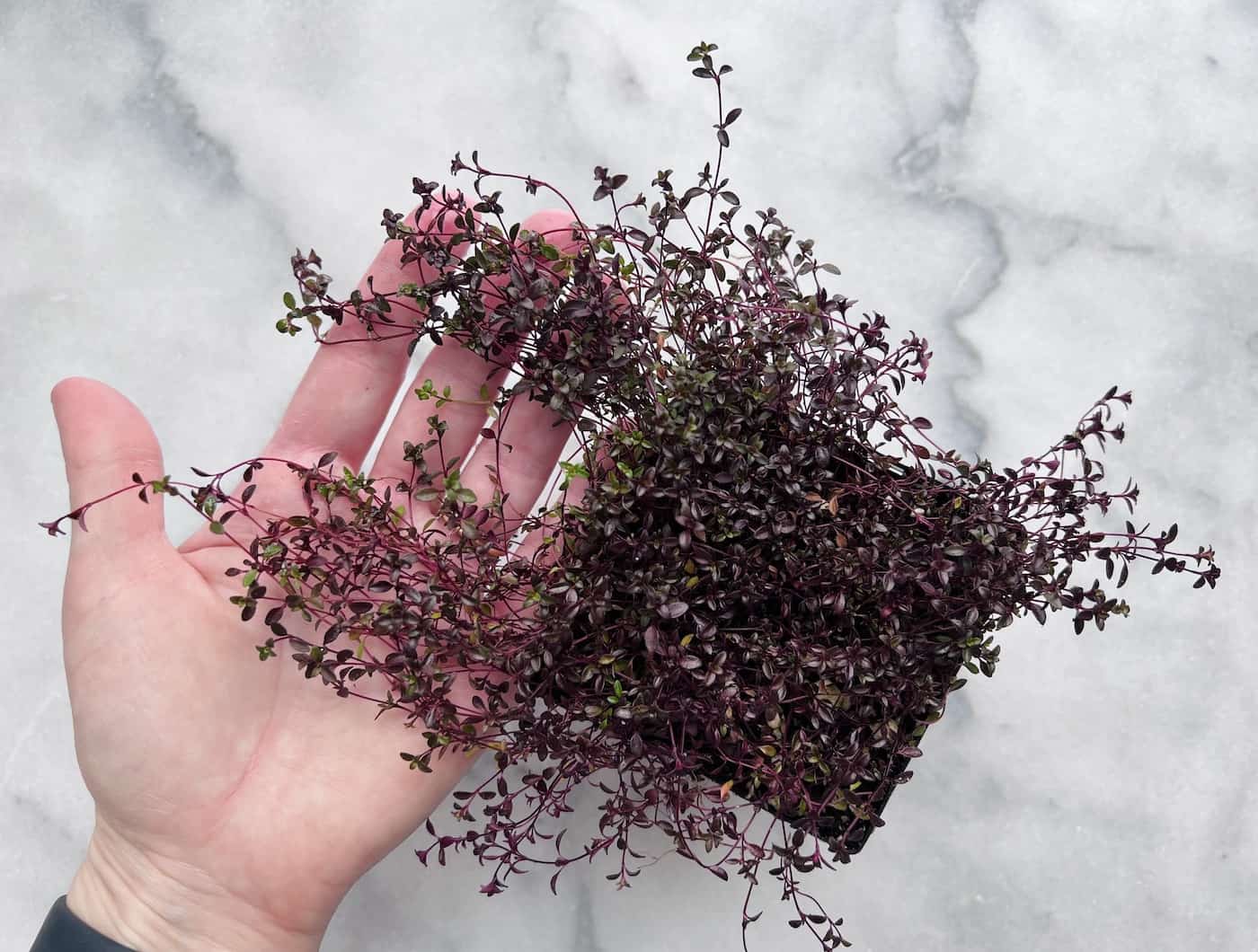
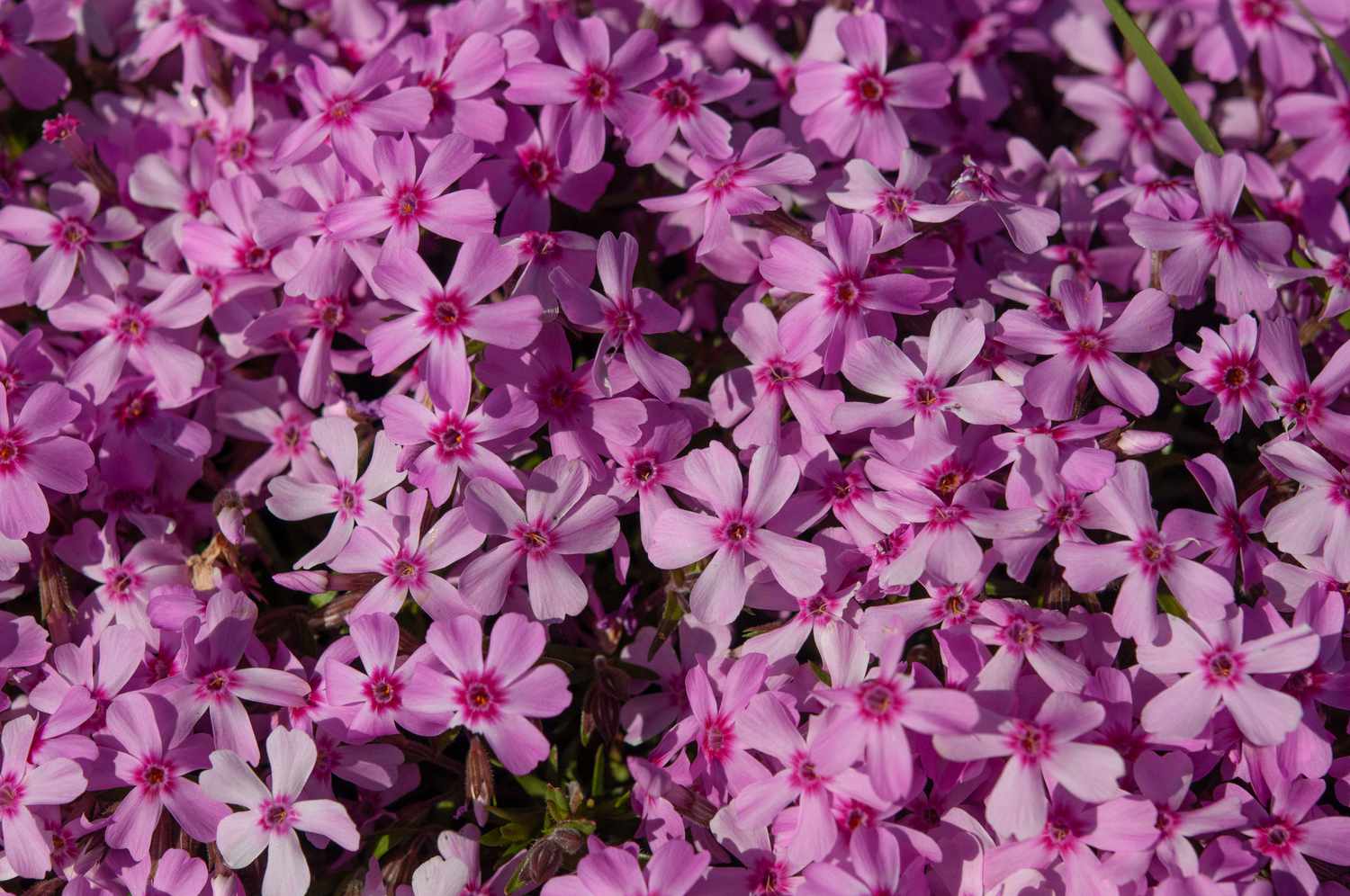
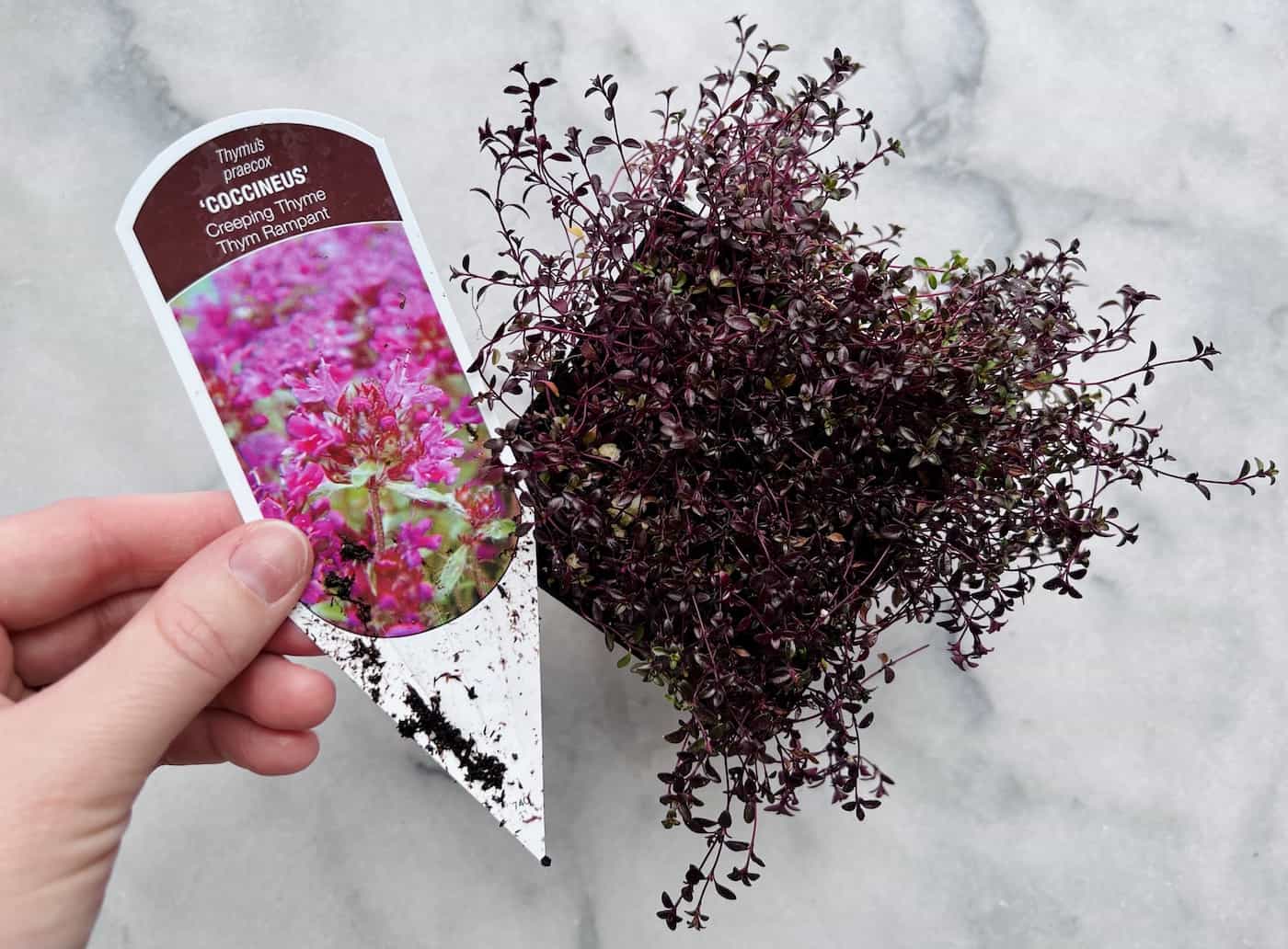
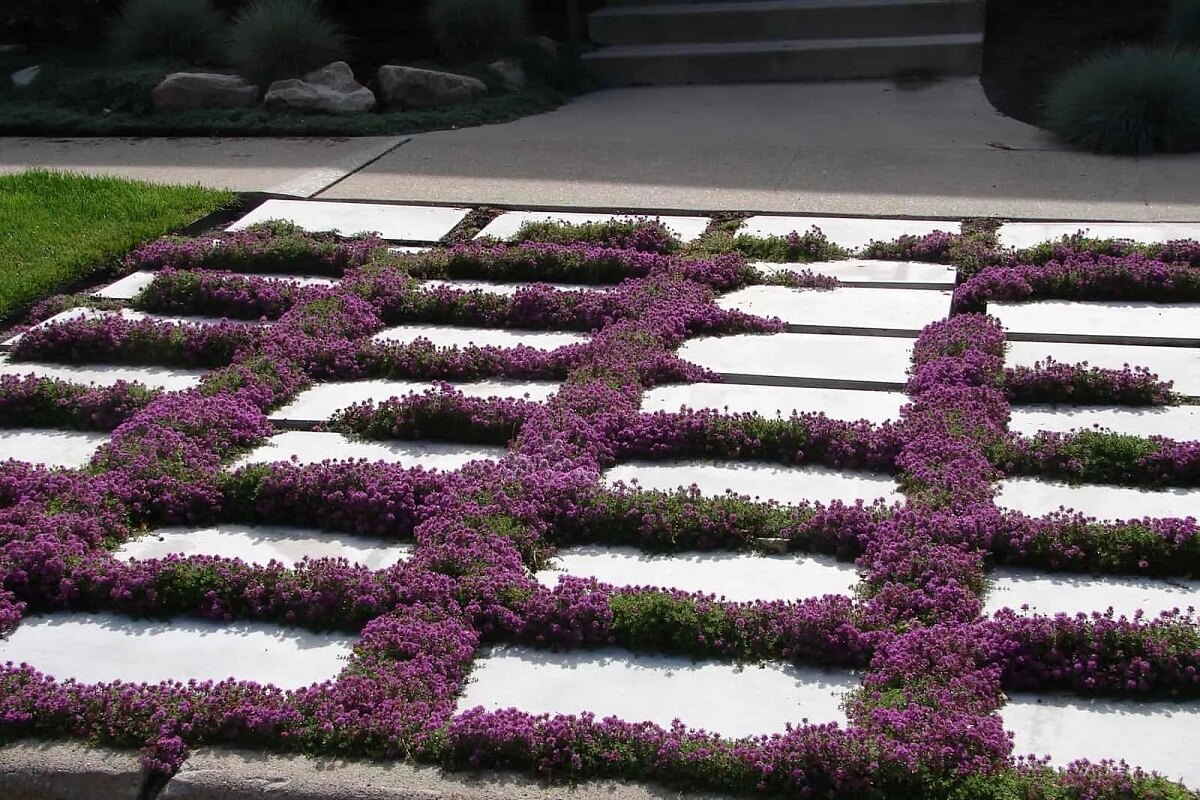
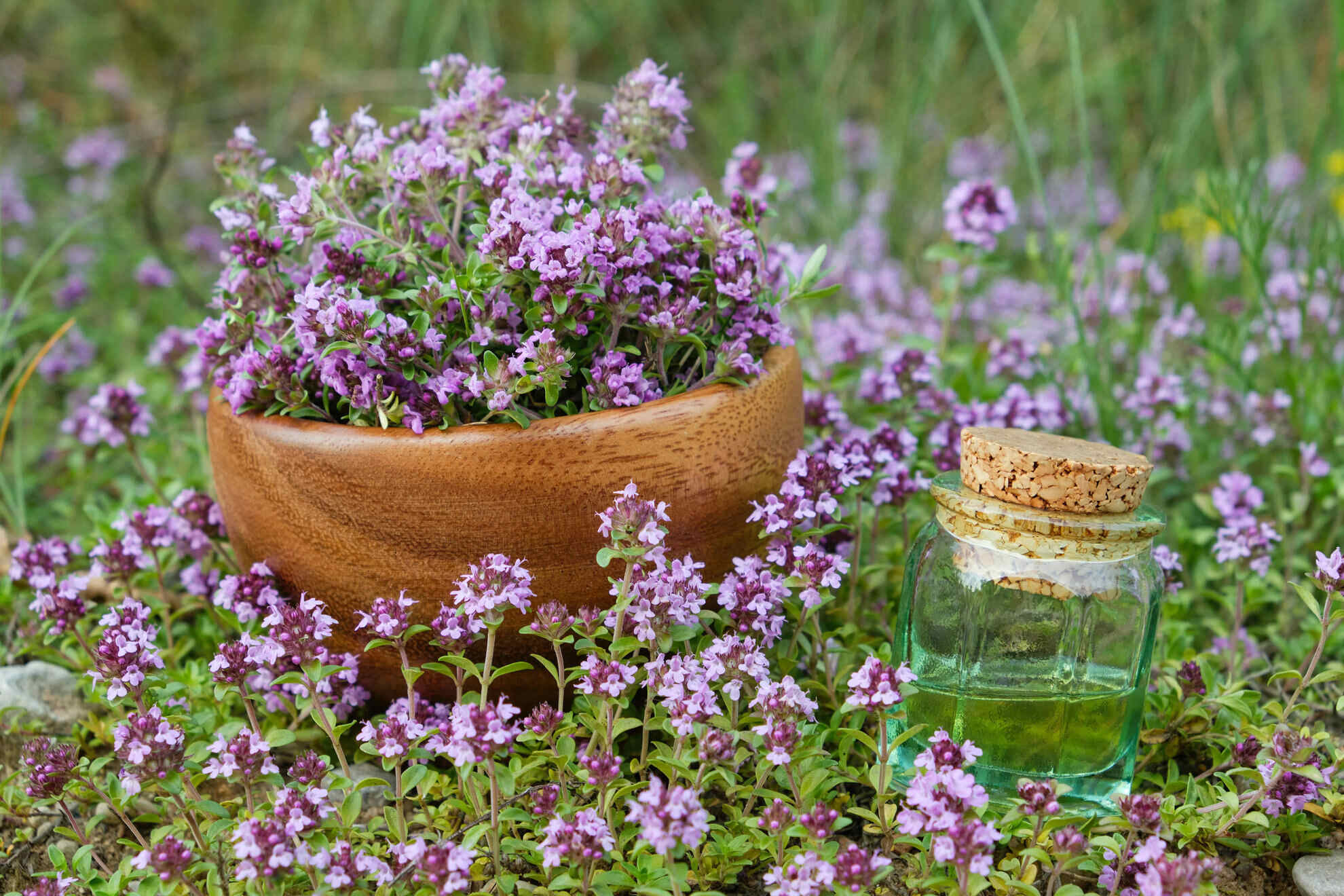
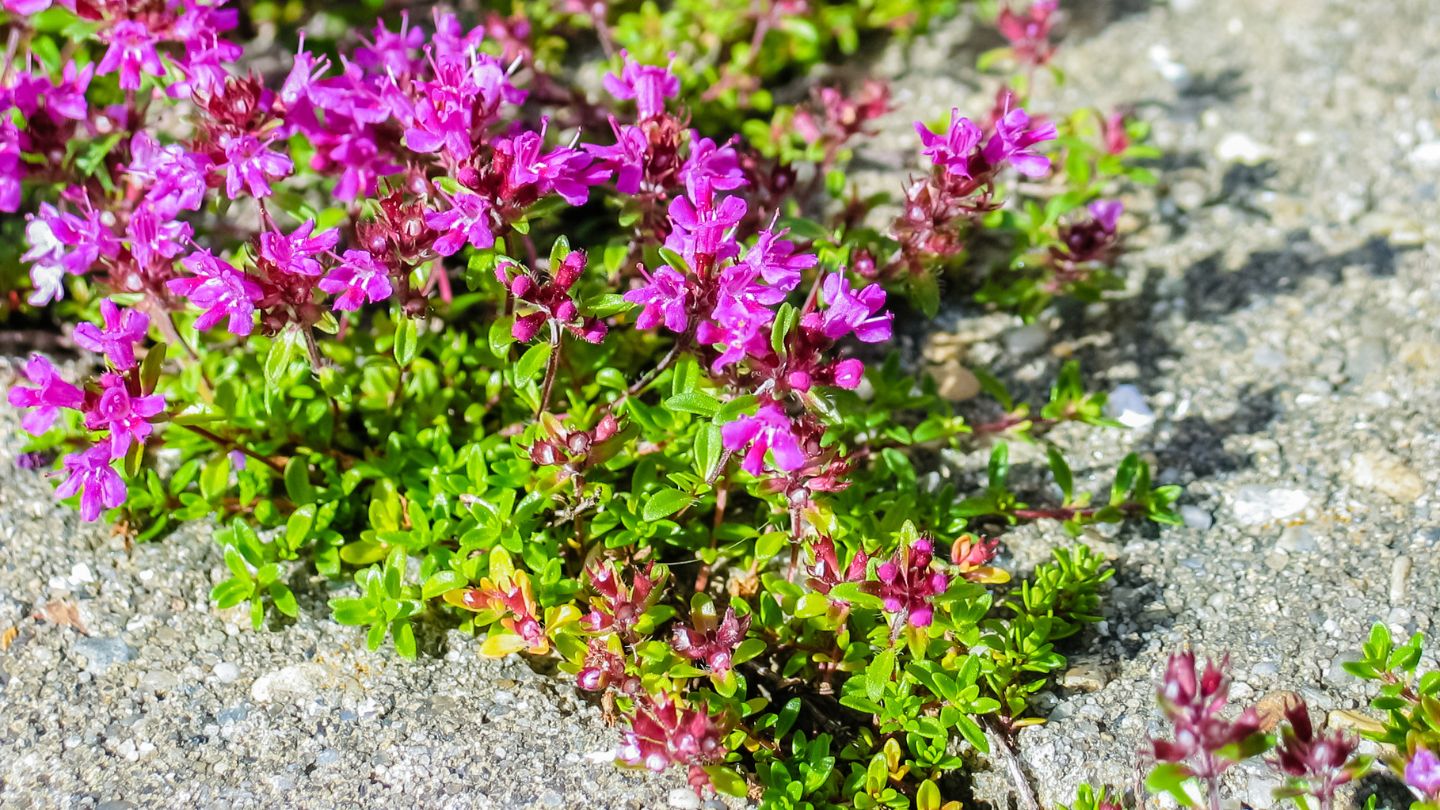
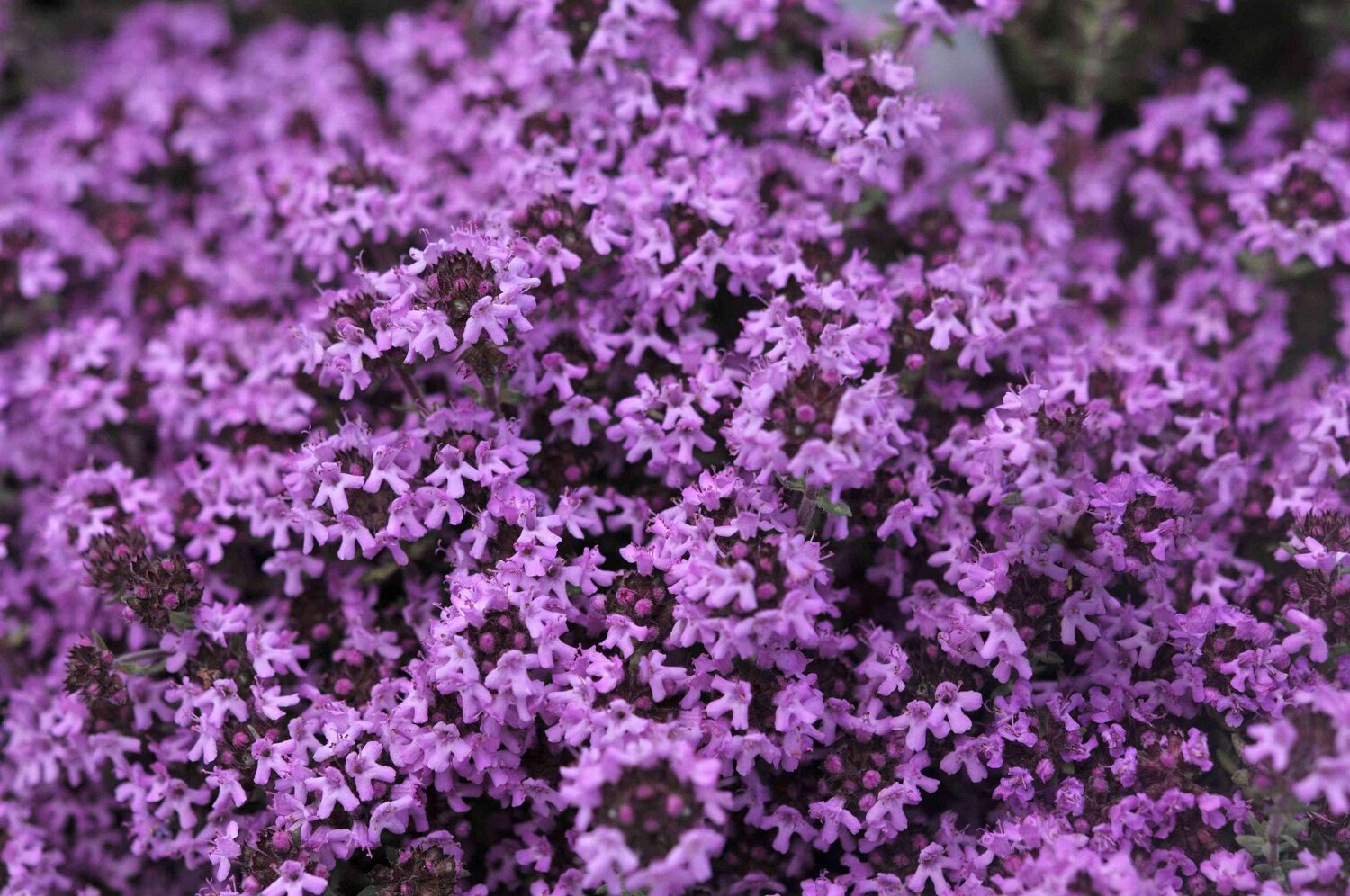
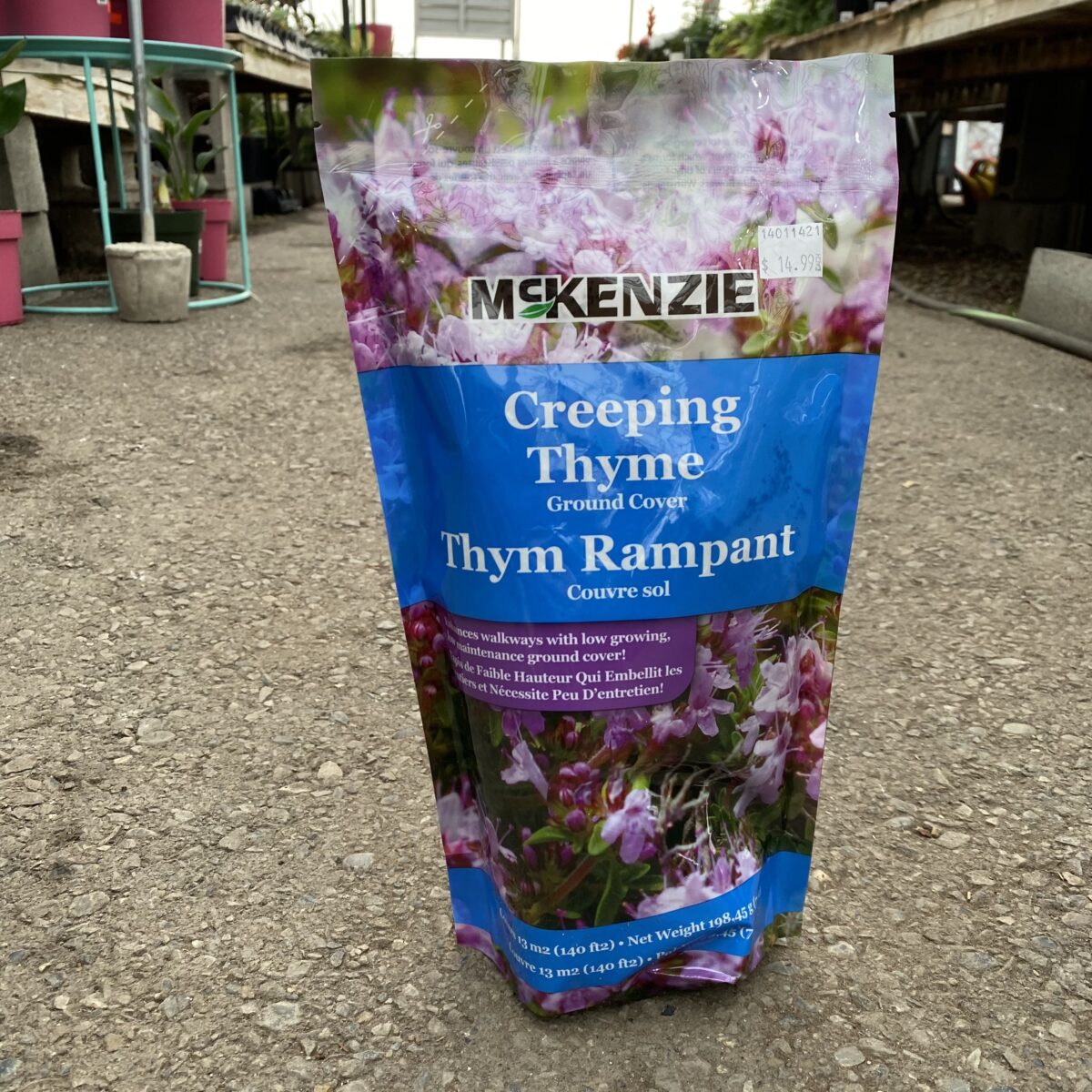
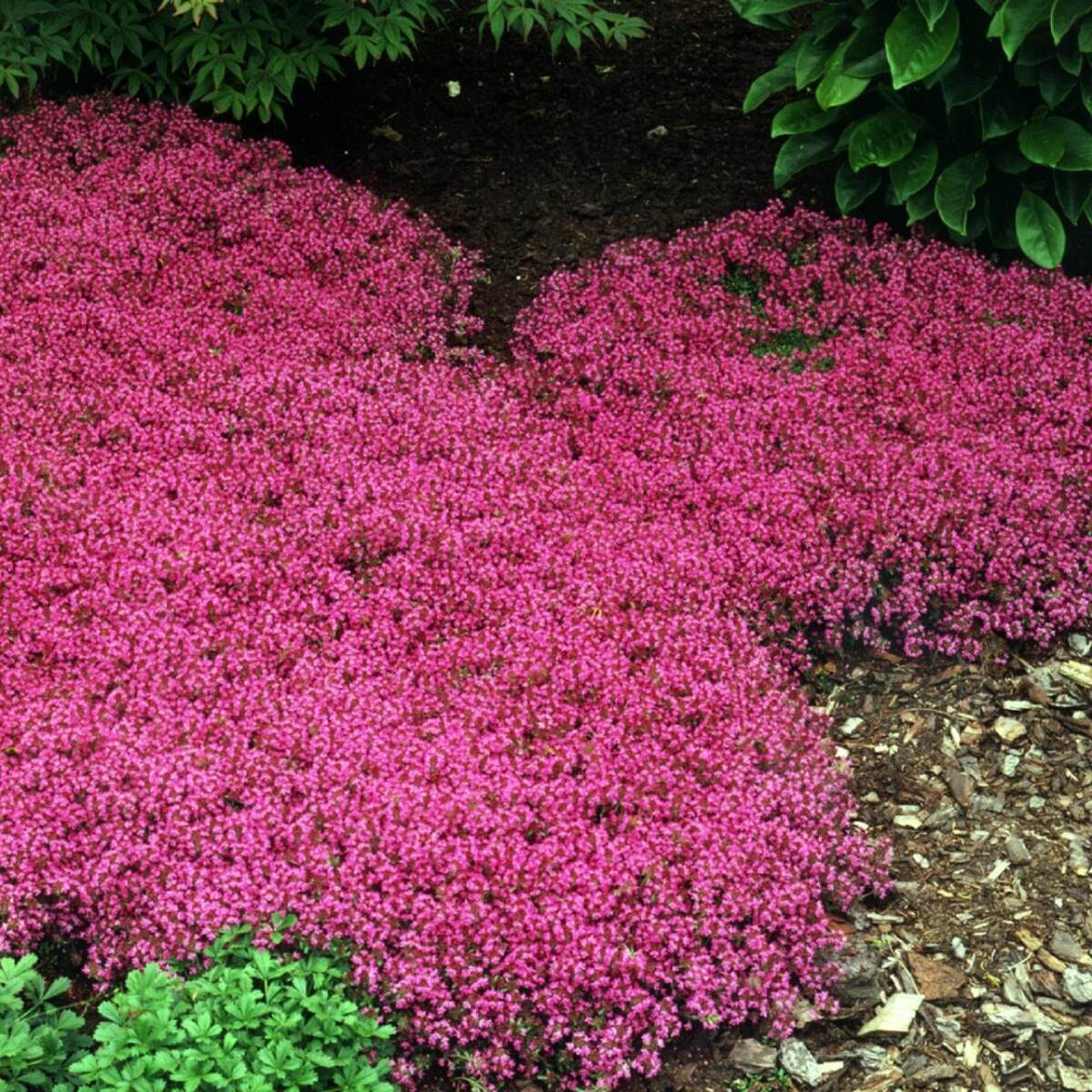
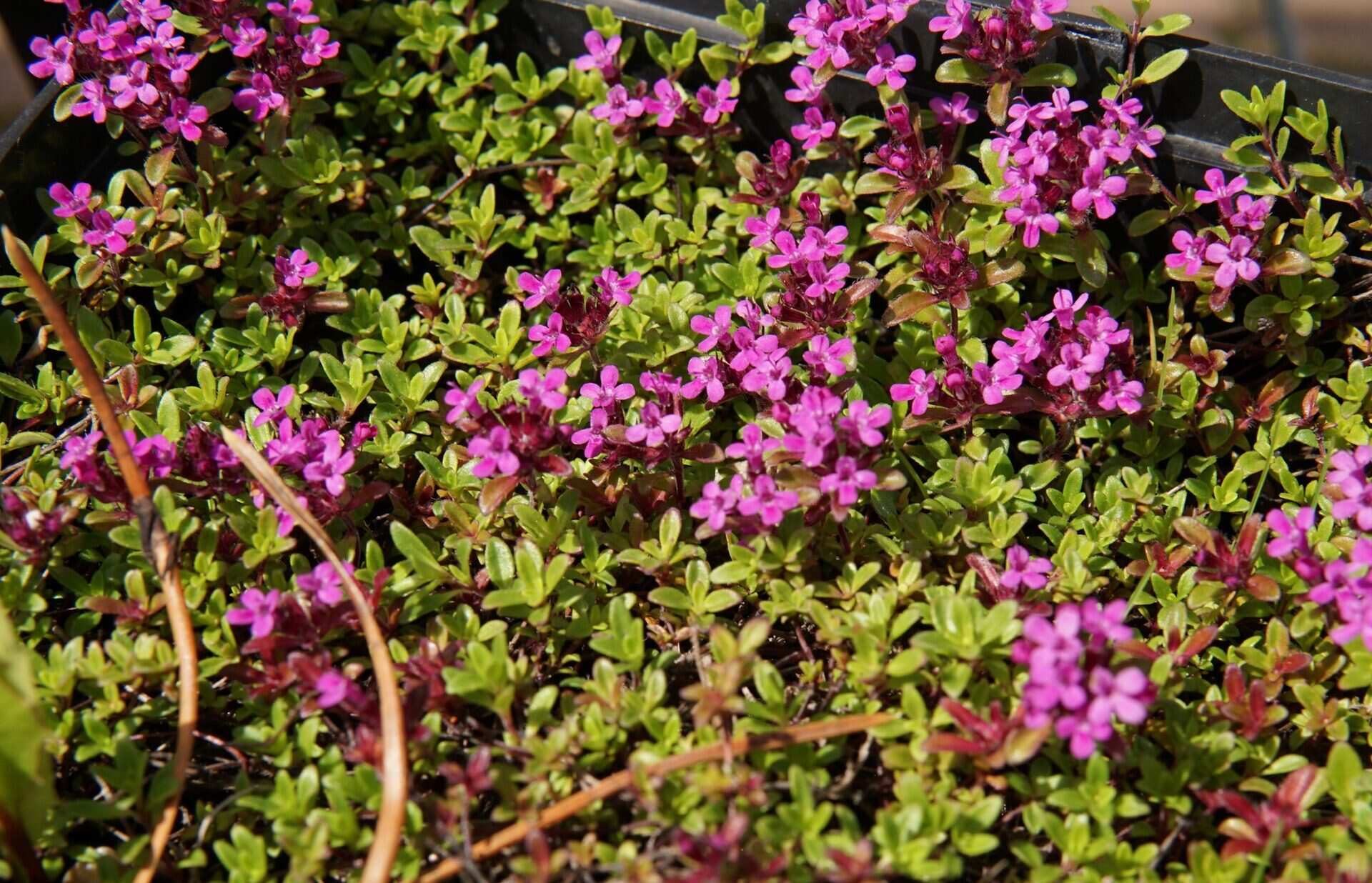
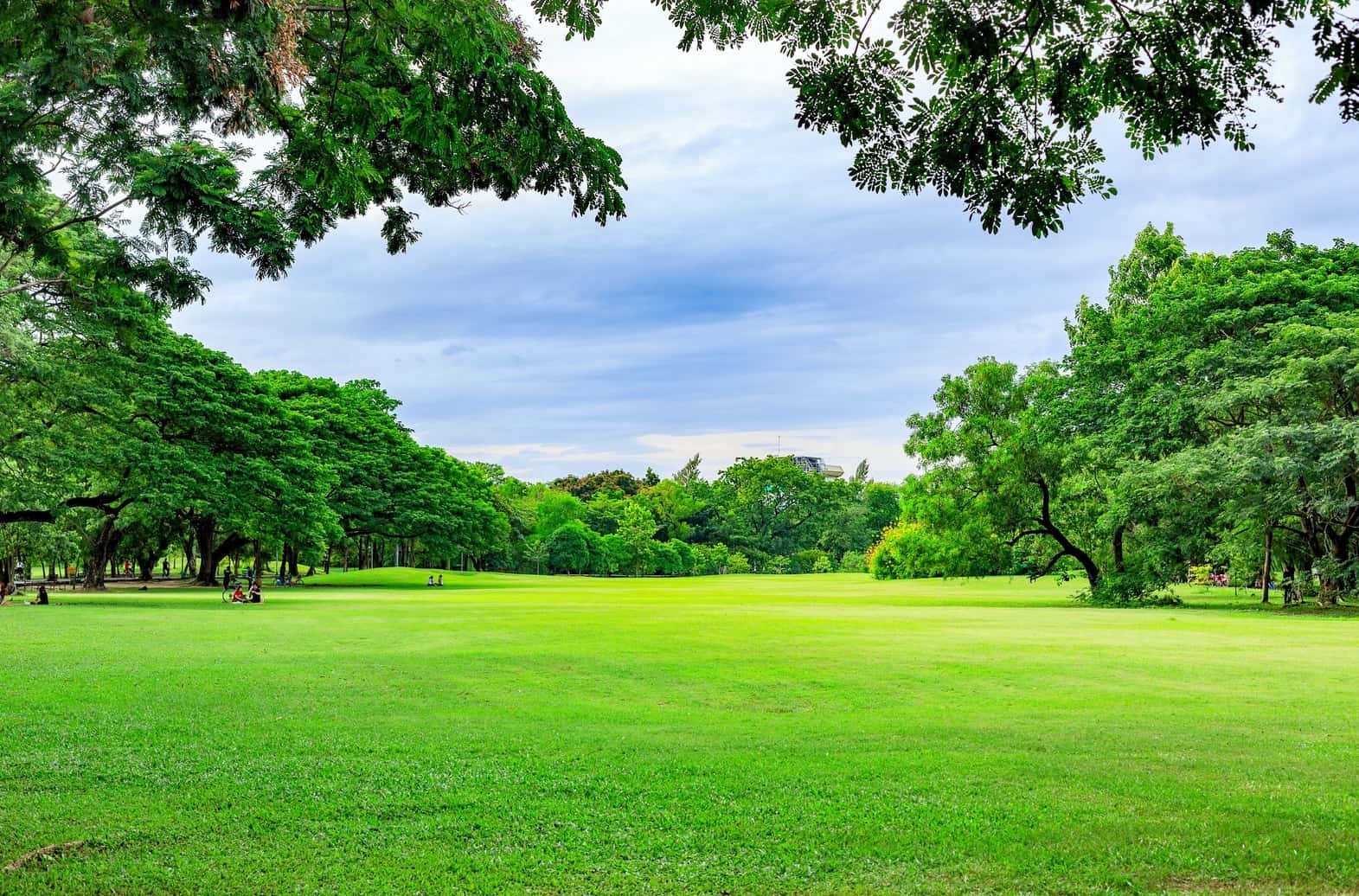

0 thoughts on “What Is Creeping Grass”